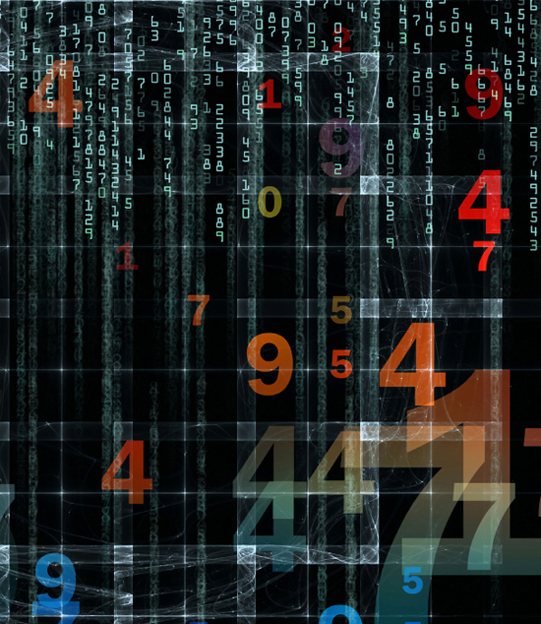Short-Term Memory
1956
George A. Miller (1920–2012)
Memory has long been a staple of psychological study, from Aristotle and the ancient Greeks to Hermann Ebbinghaus and Mary Whiton Calkins in the late nineteenth century. However, it was the West Virginia–born, Harvard-educated psychologist George A. Miller who guided the study of memory into its contemporary direction with his information-processing theory of short-term memory. During World War II, Miller was a member of a large interdisciplinary group of mathematicians, physicists, engineers, linguists, and psychologists who sought to improve military communication. After the war, these interactions led him to think about how information theory could be applied to problems in psychology. His postwar research prompted other psychologists to take up an information-processing approach in the study of cognition, and it turned American psychology away from its behaviorist approach and toward the study of the mind.
The new models of the mind conceived of the brain as either a computer or as an entity that functioned like a computer. Like computers, the mind (or brain) processed information. For Miller, this model led him to think about how memory works; that is, how does the mind hold things in memory so that the information can be processed? As he wrote in the 1956 paper “The Magical Number Seven, Plus or Minus Two,” Miller said he was lately haunted by an integer, the number seven, for he had found that that number seemed to be the maximum number of things that humans could store in what was being called short-term memory.
Further research revealed that the limit was, in fact, not seven plus or minus two individual items; rather, separating information into chunks could extend the limit out well beyond seven. For example, American social security numbers, which most people easily remember, are made up of nine digits, but they are typically remembered as three chunks, or not even half the typical short-term memory span.
SEE ALSO Center for Cognitive Studies (1960), Levels-of-Processing Model of Memory (1972)

In his 1956 paper “The Magical Number Seven, Plus or Minus Two,” Miller argued that the maximum number of things humans can store in short-term memory is seven. Further research showed people can remember more than seven digits if, like phone or social security numbers, they are divided into chunks.